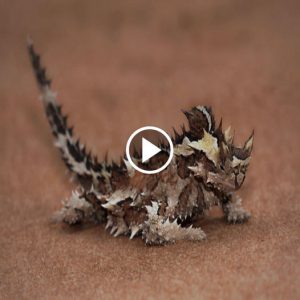
A mushroom hunter’s discovery of conjoined white-tailed fawns in a Minnesota forest two years ago is being hailed by researchers as a landmark case among oddities in nature.

The fawns, which were stillborn, are believed to have been the first recorded case of a conjoined two-headed deer to have reached full term and born by their mother, according to a study recently published in the science journal American Midland Naturalist.
Conjoined twins occur in the human population at a rate of between one in 50,000 to one in 100,000 births, but the process that leads to the condition – in both humans and animals – is unknown.
“It’s never been described before,” Lou Cornicelli, co-author of the study and a wildlife research manager for the Minnesota Department of Natural Resources, told FOX9. “There are a few reported cases of two-headed ungulate fetuses, but nothing delivered to term. So, the uniqueness made it special.”

“It’s amazing and extremely rare,” said Dr D’Angelo, who is now based at the University of Georgia. “We can’t even estimate the rarity of this. Of the tens of millions of fawns born annually in the US, there are probably abnormalities happening in the wild we don’t even know about.”

“Even in humans we don’t know,” said Dr D’Angelo. “We think it’s an unnatural splitting of cells during early embryo development.”





